Navigating Excellence: Key Aspects and KPIs for HR Admin & Payroll Officers
Navigating Excellence: Key Aspects and KPIs for HR Admin & Payroll Officers
Important Aspects of HR Admin & Payroll Officers
In the dynamic landscape of HR administration and payroll management, success rests on the adept handling of tasks and strategic alignment with organizational objectives. To ensure superior performance, it's essential to establish Key Performance Indicators (KPIs) that focus on key aspects of the job.
1. Precision in Payroll Management:
- Accuracy and meticulous management of payroll data.
- Timely processing of payroll for correct and punctual employee compensation.
- Implementation of error identification and rectification measures.
2. Continuous Development and Training:
- Development and execution of personal and team development plans.
- Monitoring and assessment of the effectiveness of training programs.
- Establishment of mechanisms for ongoing skills enhancement within the team.
3. Feedback Mechanisms for Continuous Improvement:
- Regular feedback on outstanding items to enhance operational efficiency.
- Implementation of feedback loops for prompt issue resolution.
- Cultivation of a culture that values open communication and constructive criticism.
4. Strategic Management of Performance and Responsibilities:
- Formal processes for managing staff performance and responsibilities.
- Clear delineation of roles and responsibilities for a cohesive and productive team.
- Regular performance reviews and goal-setting sessions.
5. Efficient Change Implementation:
- Execution of change initiatives within specified budget, time, and scope.
- Thorough planning for increased business predictability during changes.
- Assessment of the impact of changes on overall efficiency and team morale.
As HR Admin & Payroll Officers navigate their multifaceted role, these key aspects form the bedrock for meaningful performance measurement.
Here are some suggested Key Performance Indicators
- # Payroll payment accuracy
- % Projects on Time, Scope & Budget (HR Admin & Payroll Initiatives)
- % Compliance with System Controls (HR Admin & Payroll Processes)
- % Processes Automated / Systemized (HR Admin & Payroll Processes)
- % Personal Development Plans Completed
- # Average days to clear payroll recon items
- % Reportees Capability/Training Achieved (HR Admin & Payroll Staff)
- % Policies & Processes up to Date (HR Admin & Payroll Processes)
- % Master Data Accuracy (Employees)
- # Payroll ad-hoc payments
- % Planning deadlines achieved (HR Admin & Payroll Dept.)
- % Personal Tasks Overdue
- # C Performers moved to B Performers (HR Admin & Payroll Staff)
- % Project Milestones on Time (HR Admin & Payroll Initiatives)
- # Payroll corrections & changes
- % Process Steps Requiring Paper Forms (HR Admin & Payroll Processes)
- # Number of days to deliver payslips
- % Reportees Personal Objectives Achieved (HR Admin & Payroll Staff)
- # of Payroll errors per month
- % Employee Satisfaction with Payroll Services
- $ Cost per Payroll Transaction
- % Accuracy in Benefits Administration
- # Employee Data Accuracy Rate
- % Employee Training Hours vs. Plan
- $ Cost of Payroll Processing per Employee
- % Timeliness of Employee Onboarding
- # Payroll Discrepancies Resolved within SLA
- % Compliance with Tax Regulations
- # Time spent on Payroll Inquiries
- % Adherence to Payroll Budget
- # Payroll Queries Resolved within SLA
- % Effectiveness of Employee Communication on Payroll Changes
- # HR & Payroll Process Efficiency Index
- % Accuracy in Time and Attendance Tracking
- # Employee Record Update Timeliness
- % Employee Self-Service Adoption Rate
- # Unplanned Overtime Hours
- % Reduction in Manual Data Entry Errors
- # Time spent on HR Inquiries
- % Rate of Payroll Process Automation Improvement
- # Payroll Audits Conducted Annually
- % Reduction in Payroll Processing Time
- # Employee Grievances Resolved
- % Rate of HR Compliance Training Completion
- # Cross-training Completion Rate for HR Staff
- % Employee Satisfaction with HR Services
- # Payroll Tax Filing Accuracy
- % Reduction in Payroll Reversals
- # Employee Personal Data Security Breaches
- % Rate of Employee Record Updates via Self-Service
Feel free to sign up for the KPI spreadsheet to access these and additional KPIs in a structured format that offers better context.
Watch the video below to see what you will get and how to use the KPI spreadsheet to take the guesswork out of KPIs


